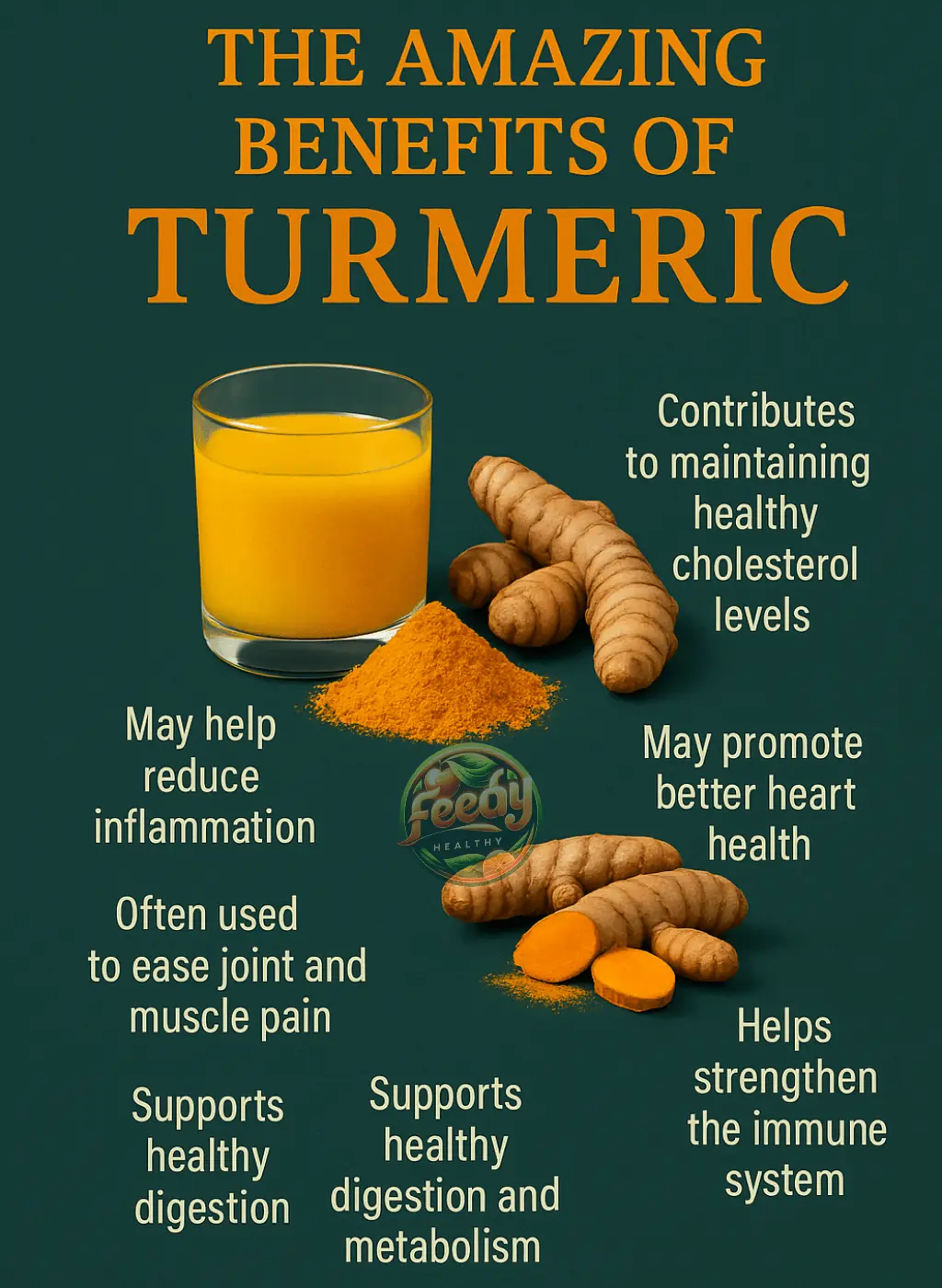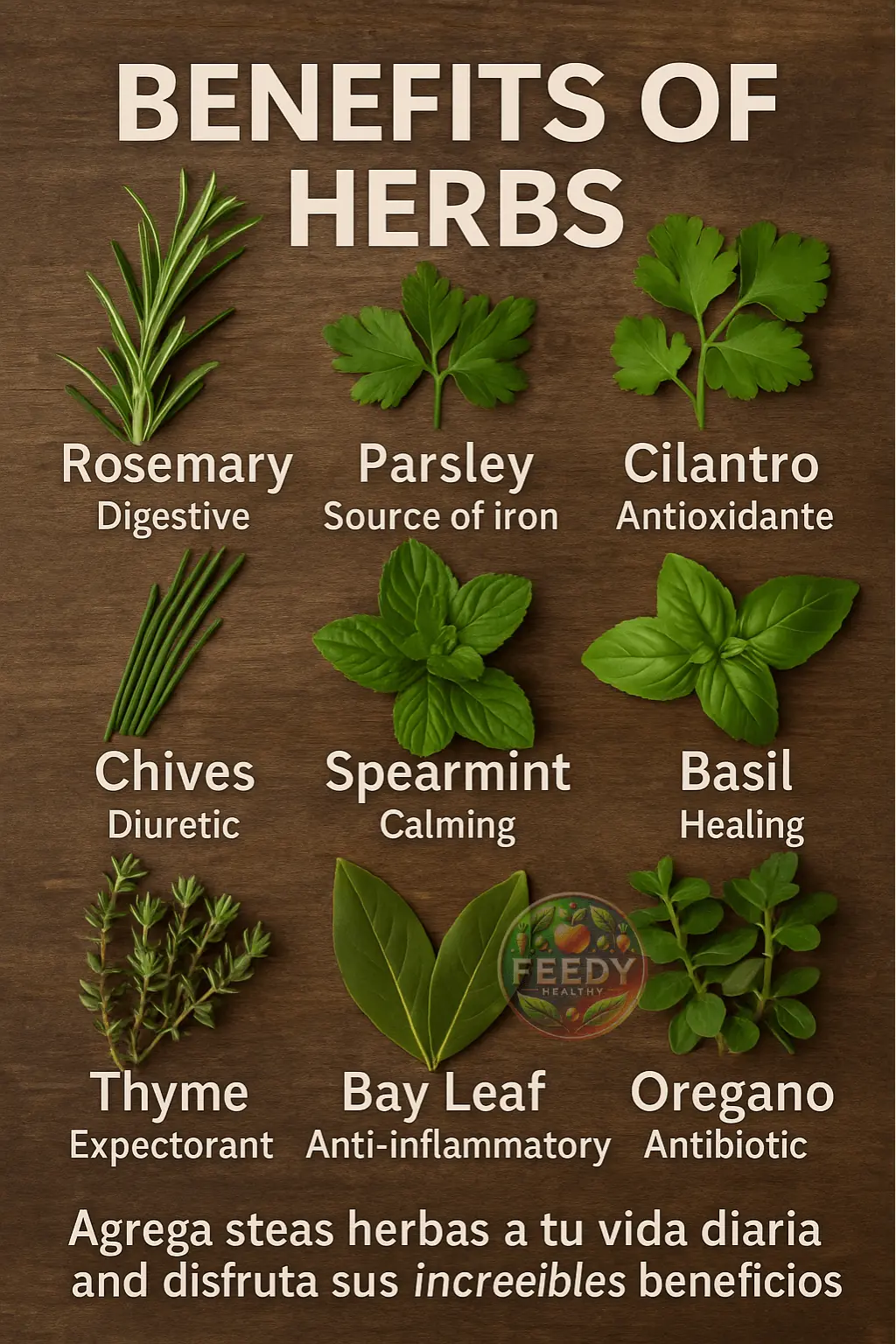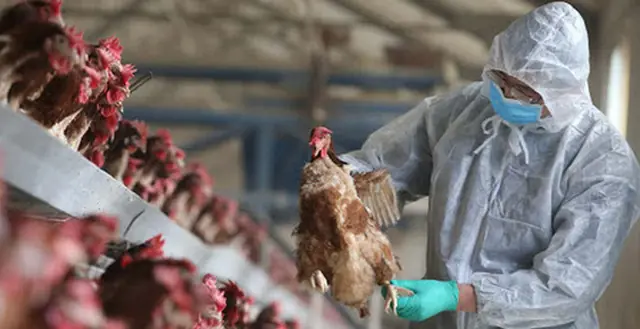
The New Leading Infectious Disease: COVID-19 No Longer Top of the List

🦠 Tuberculosis Surpasses COVID-19 as the World’s Deadliest Infectious Disease — What You Need to Know
It wasn’t long ago that COVID-19 dominated global headlines and reshaped life as we knew it. But according to a recent World Health Organization (WHO) report, another familiar threat has quietly reclaimed its place as the world’s most lethal infectious disease: tuberculosis (TB).
After briefly taking a backseat during the COVID-19 pandemic, TB has surged back to the top, surpassing COVID-19 in annual global deaths — a sobering reminder that even in a post-pandemic world, the threat of infectious disease is far from over.
So, what exactly does this shift mean for public health — and for you and your family?
🧬 What Is Tuberculosis (TB)?
Tuberculosis is a serious bacterial infection caused by Mycobacterium tuberculosis.
It typically affects the lungs, but can also spread to the kidneys, spine, brain, and other organs. TB is highly contagious and spreads through the air when an infected person coughs, sneezes, or speaks — meaning the risk of transmission is often higher in crowded or poorly ventilated spaces.
Although treatable in around 85% of cases, TB remains deadly when left undiagnosed or untreated.
The bacteria can remain dormant for years before triggering active disease — making it a persistent and sometimes silent killer.
📊 Shocking Global Statistics
The latest WHO data paints a stark picture:
-
In 2023, 1.25 million people died from TB — nearly four times the number of global COVID-19 deaths in the same year (320,000).
-
10.8 million people became ill with TB, marking an upward trend from previous years.
-
Alarmingly, TB-HIV co-infections have risen by 40% since 2013, posing a deadly challenge as HIV weakens the immune system, making TB harder to fight.
These statistics highlight that TB remains a global emergency, especially in regions with fragile healthcare systems.
🌍 Who Is Most at Risk?
TB disproportionately affects populations in low- and middle-income countries, with 87% of cases concentrated in just 30 nations.
Top contributors include:
-
India
-
Indonesia
-
China
-
The Philippines
-
Pakistan
These five nations alone account for over half of all TB cases globally.
Vulnerable groups such as people with HIV, malnourished individuals, and those with limited access to medical care face the greatest risk.
🤒 Common Symptoms of TB
TB symptoms depend on where the infection occurs in the body:
Pulmonary TB (lungs – the most common form):
-
Persistent cough (often with blood or mucus)
-
Chest pain
-
Fever
-
Night sweats
-
Weight loss
Extrapulmonary TB (outside the lungs):
-
Spinal TB: back pain, paralysis
-
Kidney TB: blood in urine, kidney dysfunction
-
Lymph node TB: swelling and tenderness
-
Brain or spine TB: headaches, seizures, neurological symptoms
🛡️ Can TB Be Prevented?
Yes — and the WHO is pushing hard for global eradication by 2030.
TB is both preventable and treatable, and international health agencies are investing in:
-
Screening high-risk individuals
-
Expanding treatment programs
-
Accelerating vaccine research — with six new TB vaccines currently in Phase III clinical trials
While global TB deaths have declined in recent decades, the pandemic disrupted progress in 2020 and 2021. Now, with renewed urgency, public health leaders are aiming to get back on track.
If you live in or travel to a country with high TB rates — or have close contact with someone infected — it’s critical to get tested and seek early treatment if needed.
🌐 Preparing for Future Pandemics: What WHO Is Doing
The resurgence of TB, alongside other emerging threats, reinforces the urgent need for global pandemic preparedness.
The World Health Organization is leading several initiatives to strengthen global health resilience, including:
-
The Eliminate Yellow Fever Epidemics (EYE) Strategy
-
Ending Cholera: A Global Roadmap to 2030
-
Pandemic Influenza Preparedness (PIP) Framework
-
Global Influenza Strategy 2018–2030
Additionally, WHO manages the International Coordinating Group on Vaccine Provision, which oversees global emergency stockpiles of vaccines and antibiotics to ensure rapid response during disease outbreaks.
🤝 The Power of Collective Action
If there’s one lesson the world has learned from COVID-19, it’s this: no nation can fight a pandemic alone.
Collaboration among governments, researchers, healthcare workers, and international organizations is critical to preventing, detecting, and responding to infectious disease threats.
Global health security depends on:
-
Robust healthcare systems
-
Timely diagnostics
-
Effective vaccines
-
Cross-border cooperation
The fight against TB — and future pandemics — requires sustained investment, research innovation, and community-level education.
✅ The Bottom Line
TB’s return as the world’s deadliest infectious disease is a sobering wake-up call.
While COVID-19 changed our world overnight, TB has been quietly killing millions for generations — and continues to do so.
It’s time for governments, health agencies, and individuals to reignite the fight:
-
Get tested if you’re at risk
-
Support vaccination and awareness efforts
-
Advocate for global funding and research
Because when it comes to infectious diseases, prevention saves lives — and preparedness ensures we’re ready for whatever comes next.
News in the same category


Pumpkin Seeds: A Natural Remedy for Bladder and Prostate Health

THE MOST POWERFUL HERB YOU SHOULD KNOW ABOUT 🌿

Red Onion and Ginger: A Powerful Natural Combo for Better Health

The Amazing Benefits of Turmeric 🌿✨

Reclaim Crystal-Clear Vision with This Delicious Drink!

Powerful Benefits of Common Herbs You Should Know

Mixing Garlic and Honey with Cloves: The Secret No One Will Ever Tell You

Homemade Carrot Milk Drink: A Simple, Nutritious Alternative to Store-Bought Beverages

Castor Oil After 50: Here is What Happens After 7 Days of Use

Natural Defense Against Colds and Flu

Breathe Easy: Natural Remedies to Soothe Your Cough

Do You Know About the Feng Fu Point? Discover Its Power for Wellness

Put Aluminum Foil on Your Feet: A Surprising Natural Remedy That Saves You Money ??

MIRACLE COFFEE prevents dementia, heart attack and stroke, joint arthrosis… recipe

Unlocking the Power of Cloves: Say Goodbye to Health Issues

She Couldn’t Walk and Now Runs Like a Teenager! Cleanse Your Intestines and Liver with Ginger, Lemon, and Carrot

Garlic Lemon Drink Cure – The Ultimate Remedy for High Blood Pressure, Liver Detox & Vascular Cleansing! 🍋🧄🔥

Simulation reveals harsh effects of Ozempic on the body
News Post

Man Who Predicted Covid Outbreak Reveals Chilling Warning About New Emerging Crisis

Alarming Health Warning: Experts Say the U.S. Faces Growing Threat from Bird Flu — “We Must Prepare Now”

Say Goodbye to Varicose Veins and Heavy Legs with Just This: Pure Aloe Vera Leaf – 100% Effective 🌿

Pumpkin Seeds: A Natural Remedy for Bladder and Prostate Health

Brow Boosting Serum For Thick Eyebrows

THE MOST POWERFUL HERB YOU SHOULD KNOW ABOUT 🌿

Best Hair Growth Oil

Why You Should Be Drinking Lime and Chia Water

Red Onion and Ginger: A Powerful Natural Combo for Better Health

The DIY anti-ageing cream that is very effective to get rid of wrinkles and fine lines on your face

Avery Koonce: A Bright Star Taken Too Soon

A police officer discovered a little kitten, but when he checked the security footage, his smile faded

Grandma reveals what she looked like before full body tattoos

Saying ‘please’ and ‘thank you’ to ChatGPT is costing millions of dollars

Glowing Skin Formula – Vaseline + Vitamin E

HE CRAWLED INTO MY LAP MID-FLIGHT—AND NO ONE CAME TO CLAIM HIM

Jon Bon Jovi reveals how his 36-year marriage to childhood sweetheart Dorothea has stood the test of time

The Amazing Benefits of Turmeric 🌿✨
